The albatross, a majestic seabird with wingspans stretching over three meters, has long captured the human imagination. These oceanic nomads spend years crisscrossing vast expanses of open water, yet return with uncanny precision to the same nesting sites—and the same mates—season after season. Their extraordinary navigational abilities and lifelong pair bonds make them unique symbols of both endurance and fidelity in the natural world.
Scientists have tracked wandering albatrosses flying over 15,000 kilometers in a single foraging trip, equivalent to crossing the continental United States four times consecutively. What makes this feat more remarkable is that after months alone at sea, these birds navigate back to remote islands where their partners await. The precision of their homing instinct rivals our most advanced GPS systems, yet operates through mechanisms we still don't fully understand—a combination of magnetic field detection, olfactory cues, and celestial navigation.
The courtship rituals of albatrosses resemble an intricate dance perfected over millennia. Partners reunite each breeding season with elaborate displays involving bill clacking, sky pointing, and synchronized movements. These rituals serve to strengthen the pair bond, as albatross couples may remain together for fifty years or more. Researchers have documented pairs recognizing each other after years of separation, suggesting sophisticated long-term memory capabilities.
Unlike many bird species where males compete aggressively for mates, albatross societies show remarkable gender equality. Both parents share incubation duties in shifts lasting up to three weeks, during which the fasting partner may lose 20% of their body weight. This extreme investment in their offspring's survival helps explain why albatrosses produce only one egg every two years—the longest reproductive cycle of any bird.
Climate change presents new challenges to these avian mariners. Rising sea temperatures alter fish distributions, forcing albatrosses to fly farther for food. Some populations now travel an additional 500 kilometers compared to twenty years ago, increasing energy expenditure during critical breeding periods. Plastic pollution compounds these threats, with adults inadvertently feeding microplastics to chicks, reducing survival rates.
Conservation efforts have shown promising results in certain regions. Bycatch reduction devices on fishing vessels have decreased accidental albatross drownings by over 90% in some fisheries. Island restoration projects have removed invasive predators that previously destroyed nests. These successes demonstrate that human intervention can reverse some damage when implemented thoughtfully.
The albatross's life strategy—investing in few offspring but providing extensive parental care—contrasts sharply with most seabirds. This approach worked perfectly for millennia in stable marine ecosystems. Now, as oceans change faster than evolutionary timescales, the species faces unprecedented challenges. Their future may depend on our ability to mitigate climate impacts while maintaining international conservation agreements across their entire migratory range.
Mariners have long considered albatrosses as good luck omens, immortalized in Coleridge's The Rime of the Ancient Mariner. Modern science reveals a deeper truth: these birds are living indicators of ocean health. Their declining populations signal systemic changes in marine ecosystems that ultimately affect humanity. Protecting albatrosses means preserving the intricate web of life that sustains our planet's largest wilderness.
Recent tracking studies reveal unexpected behaviors that challenge previous assumptions. Some albatrosses now follow fishing vessels for days, adapting to human presence rather than avoiding it. This behavioral flexibility offers hope for their resilience, though dependence on human activity creates new vulnerabilities. Understanding these adaptations requires continuous monitoring as marine environments keep evolving.
The albatross's marriage of extreme mobility with steadfast loyalty presents a paradox that fascinates biologists. How can creatures covering millions of kilometers over decades maintain such precise social bonds? The answer likely lies in their sophisticated neural architecture specialized for navigation and social memory. Studying these mechanisms could inspire breakthroughs in artificial intelligence and robotics.
On remote breeding islands, the air fills with the musky scent of albatross colonies and the cacophony of their displays. Here, time seems measured in wingbeats rather than minutes. Each returning bird carries salt-encrusted feathers and stories of storms weathered, distances conquered, and fidelity maintained against oceanic odds. In our era of disposable relationships and instant gratification, the albatross stands as a feathered testament to endurance, navigation, and commitment writ large across the world's oceans.
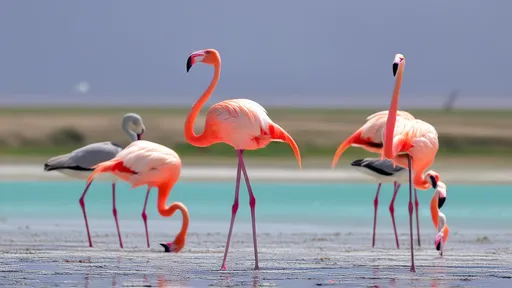
By /Jun 10, 2025
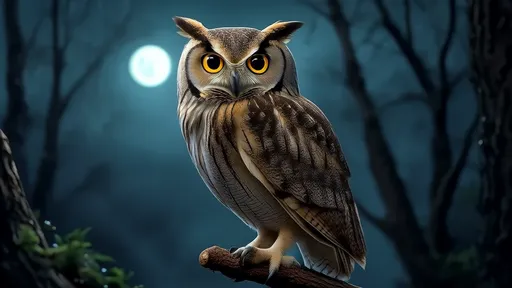
By /Jun 10, 2025
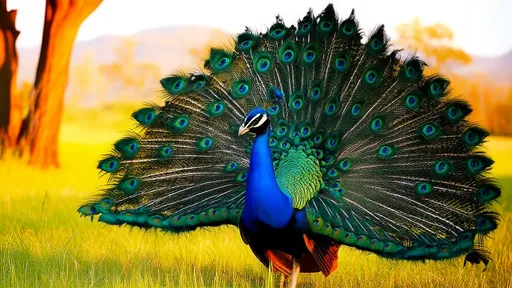
By /Jun 10, 2025
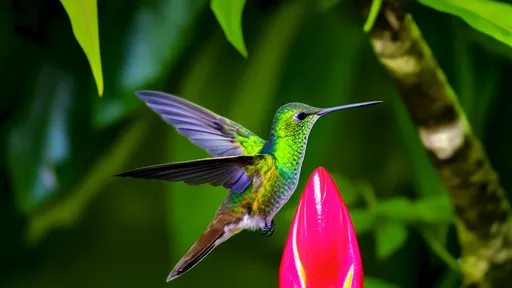
By /Jun 10, 2025
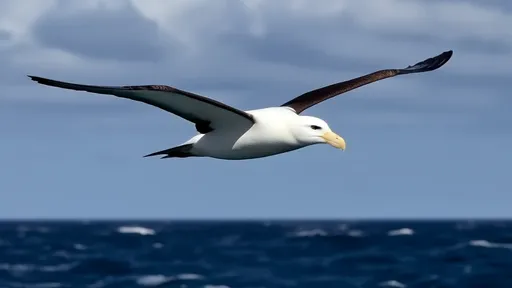
By /Jun 10, 2025
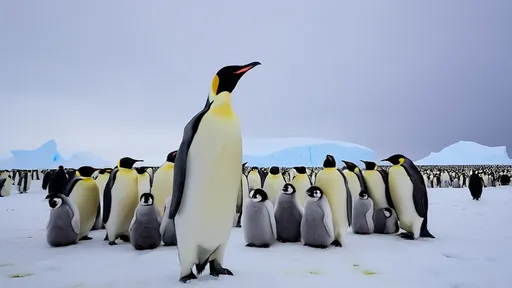
By /Jun 10, 2025
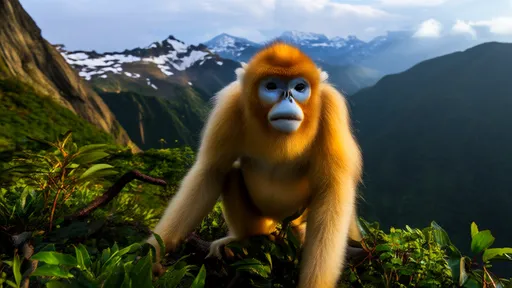
By /Jun 10, 2025
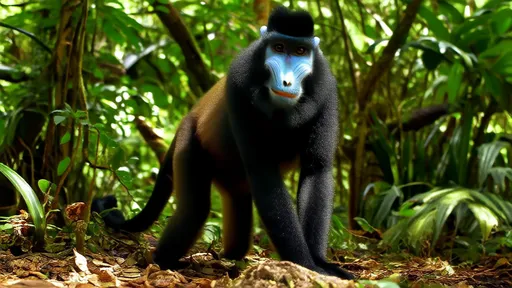
By /Jun 10, 2025
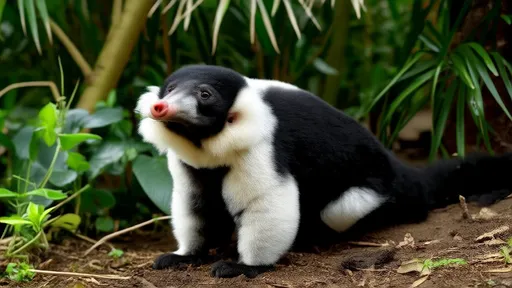
By /Jun 10, 2025
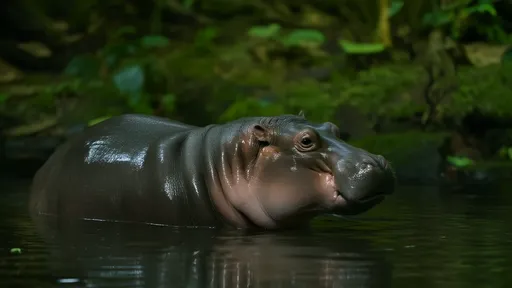
By /Jun 10, 2025